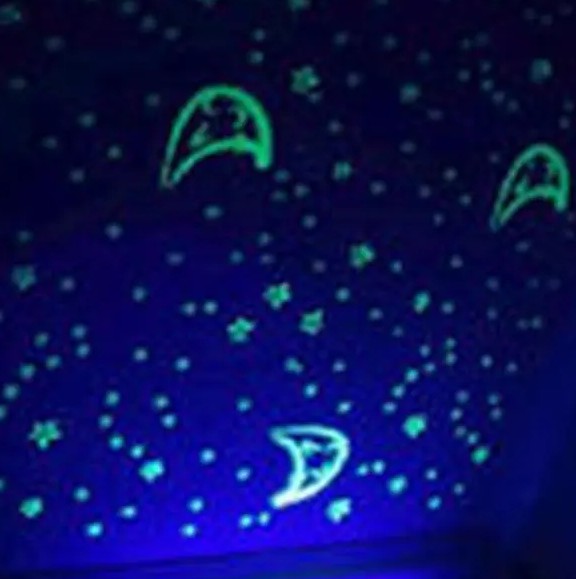Luminous Printing Ink
Luminous Printing Ink
The detail method of proportioning as follows:
(1) Apply neutral transparent resin (transparent printing ink).
(2) Select the luminous powder of 300grid/cm2(mesh), our RBG-402 or RBB-302 will okay.
(3) The amount of luminous powder is 30-60% of total, (the silk printing ink we suggested 50% )or can be assigned according to required glow condition. If the printing ink contains more luminous powder, the radiation degree is higher and the period of radiation is longer.
(4) The luminous powder should not be ground. We can stir the luminous printing ink to distribute the luminous powder evenly when it appeared deposition.
(5) In order to reduce deposition, we can use very sticky resin or anti-precipitation liquid and stir the printing ink evenly.
(6) Do not use heavy metal as additive.
(7) Choose different transparent oil to mix into printing ink according to different materials. For instance, to print on metal, the mixed oil for metal should be chosen; print on PVC materials, the mixed oil for PVC material should be chosen.
Using for Luminous Printing Ink:
(1) Adhesion of the printing ink is about 3000---5000 (moor)泊. We can change the adhesion of ink according to printing speed.
(2) In order to get ideal printing pattern, we can choose meshwork with less 200 grid/cm2 to make plate and print. If we use meshwork with less grid/cm2, we can get more ideal pattern. So that meshwork with 80-120 grid/cm2 is ideal.
(3) If we print on the white material or add white material on the place to be printed, the light degree and duration of printed pattern will be improved.
(4) In order to get ideal printing, the layer of luminous printing ink should not be less than100μm and the light degree should be 130---150um. (Using meshwork with 80grid/cm2 to print twice, we can achieve this kind of thickness.)
(5) We can achieve more striking design using chromatic printing.Instance of use: We use 50% of 1200 mixing oil, 50% of PL0-7C and meshwork with 100grid/cm2 to make plate, and print twice on the gel-free paper of the copperplate. The luminous layer gray degree: for example, the layer's thickness is 100μm, for durations of 1min, 5min and 10min, the gray degree is 815, 207 and 103.
Tip:
We usually use D65 standard fluorescent light with irradiation degree of 1000LX to irradiate for ten minutes.
Notice:
This dye is only slightly soluble in water. So it can only be used with resin that can be dissolved in oil. The luminous dye is heavy and will settle if stored for a long time. We can use it after stirring without influencing its luminous effects







